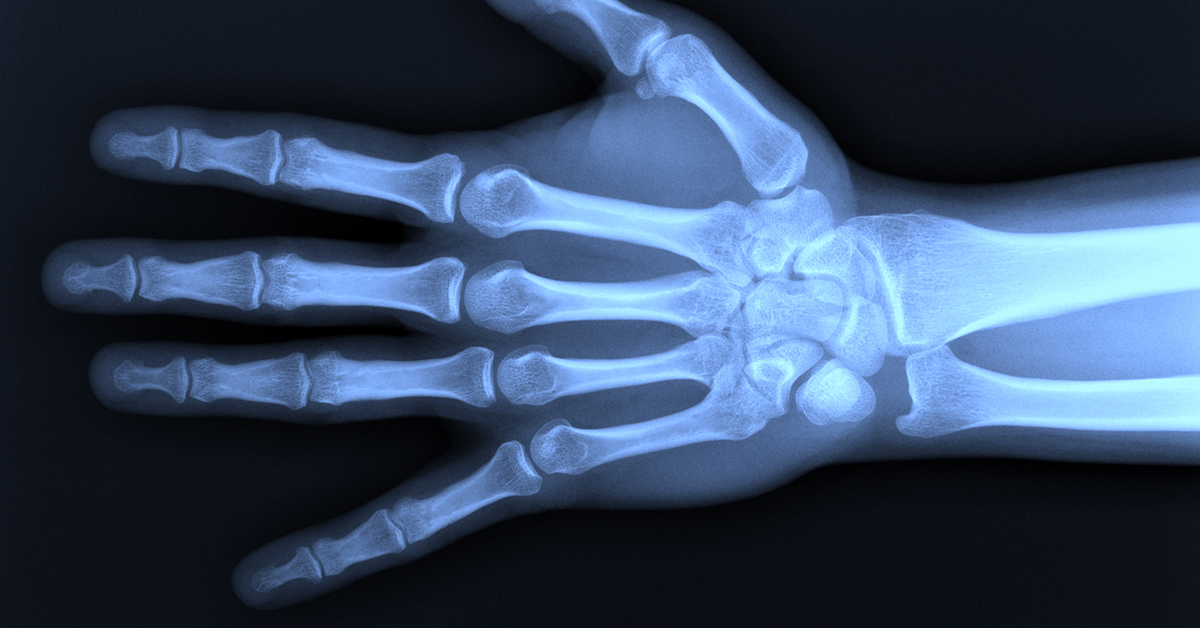
What is a Distal Radius Fracture?
A distal radius fracture is a condition in which the one of the bones in the forearm breaks near the wrist. The two bones in the forearm are called the radius and the ulna. The bone affected in a distal radius fracture is called the radius, and it is the larger of the two forearm bones.
What causes a Distal Radius Fracture?
Trauma or injury are the most common cause of this type of fracture. Degenerative conditions like osteoporosis can increase the likelihood of a fracture occurring by making bones more fragile, but even a healthy radius can fracture if subjected to enough force. Some examples of trauma or injury that can cause a distal radius fracture include falling onto an outstretched arm, being in a car accident, or falling off of a bicycle. This condition may also occur during contact sports.
Symptoms and Diagnosis
Wrist pain is one of the most common symptoms of a distal radius fracture. The wrist may be swollen and tender, and there may also be bruising and deformity at the hand and wrist. You may find it painful and difficult to move your wrist. You may also experience some tingling or numbness in your fingers.
How are Distal Radius Fractures treated?
Treatment options vary depending on the fracture's type, location, and severity, as well as other factors, like your age and general health. Typical treatments options begin with placing the fracture in the correct position so that it can heal properly. Stabilization may be achieved during the healing process with devices like casts, splints, or braces. If the fracture is very severe, surgery may be required.

